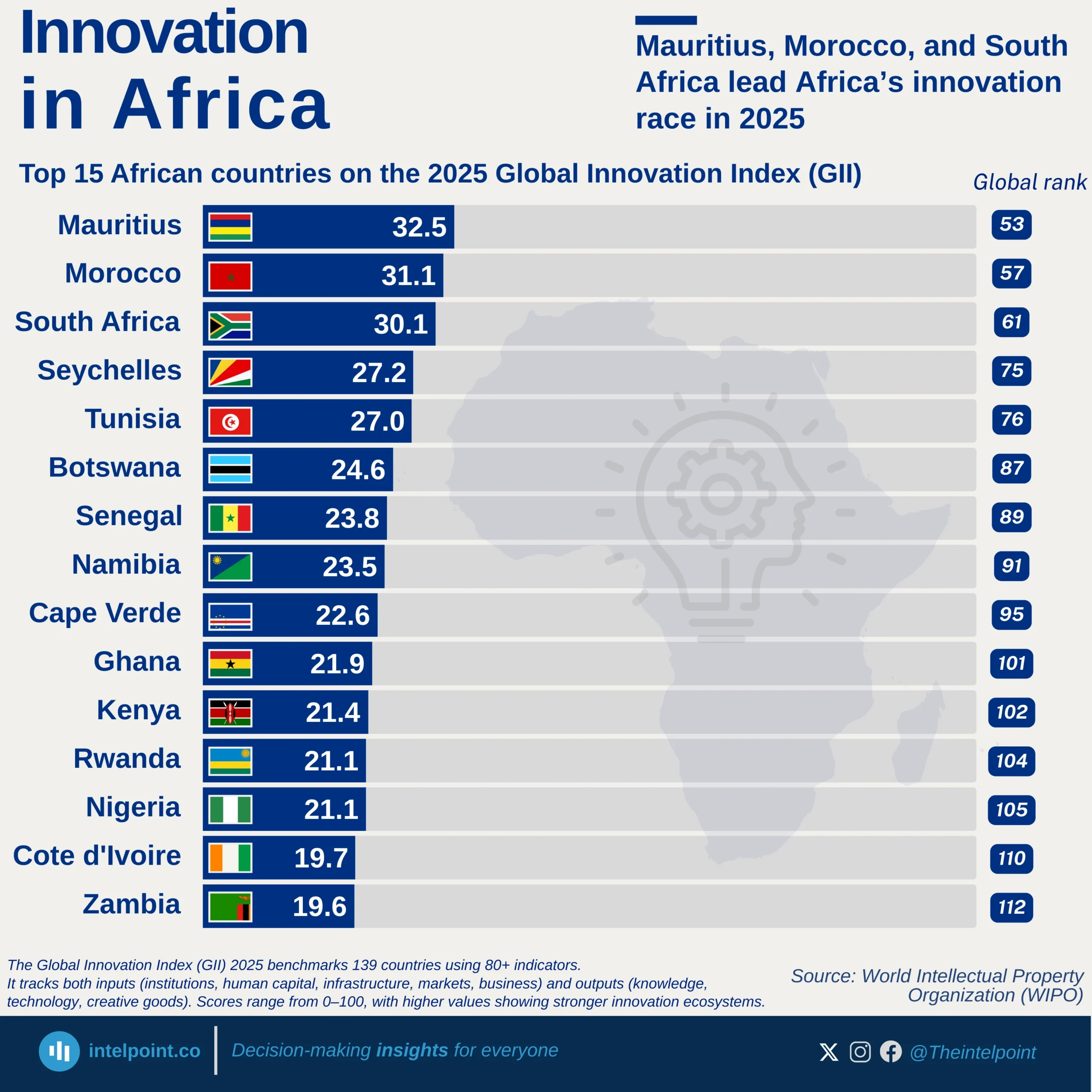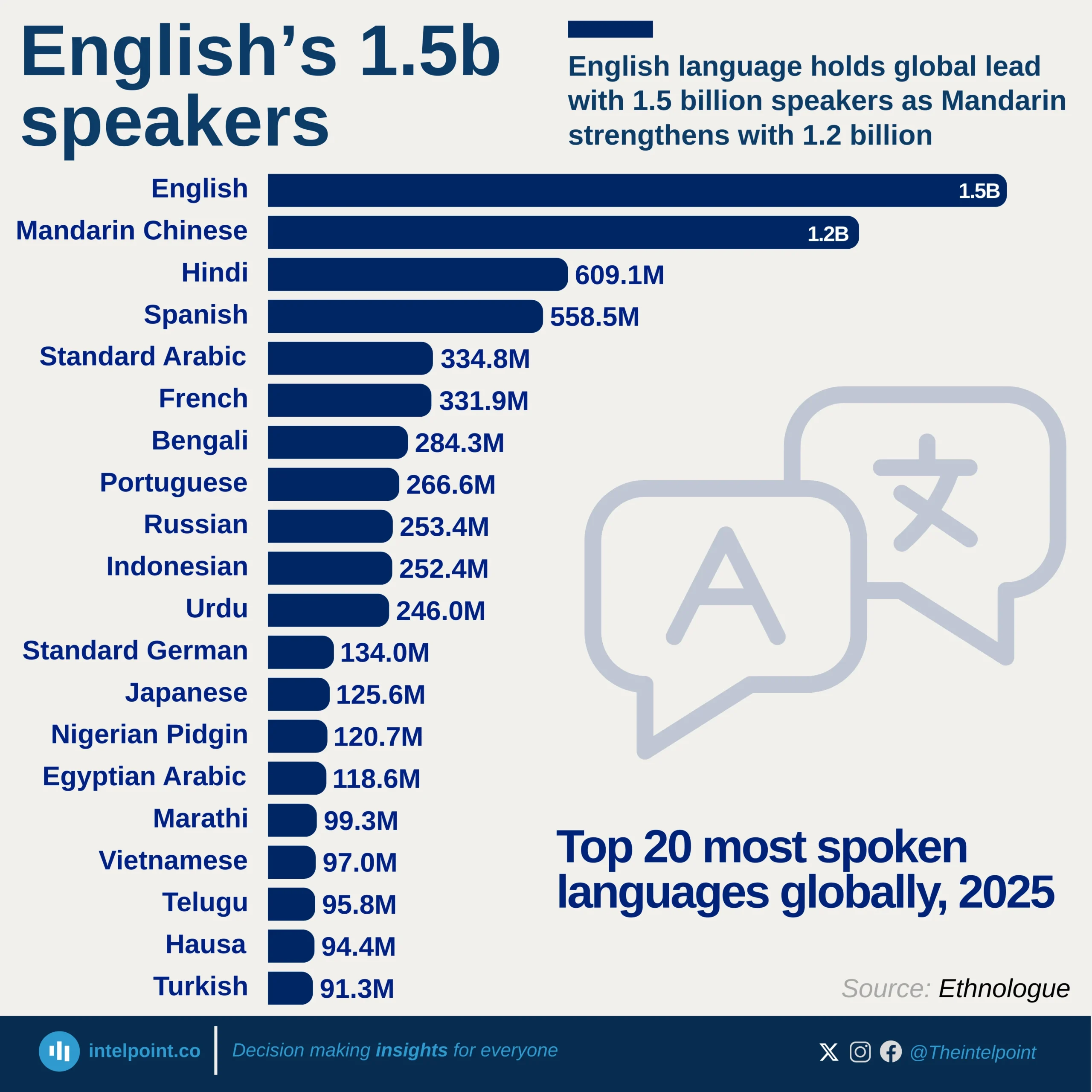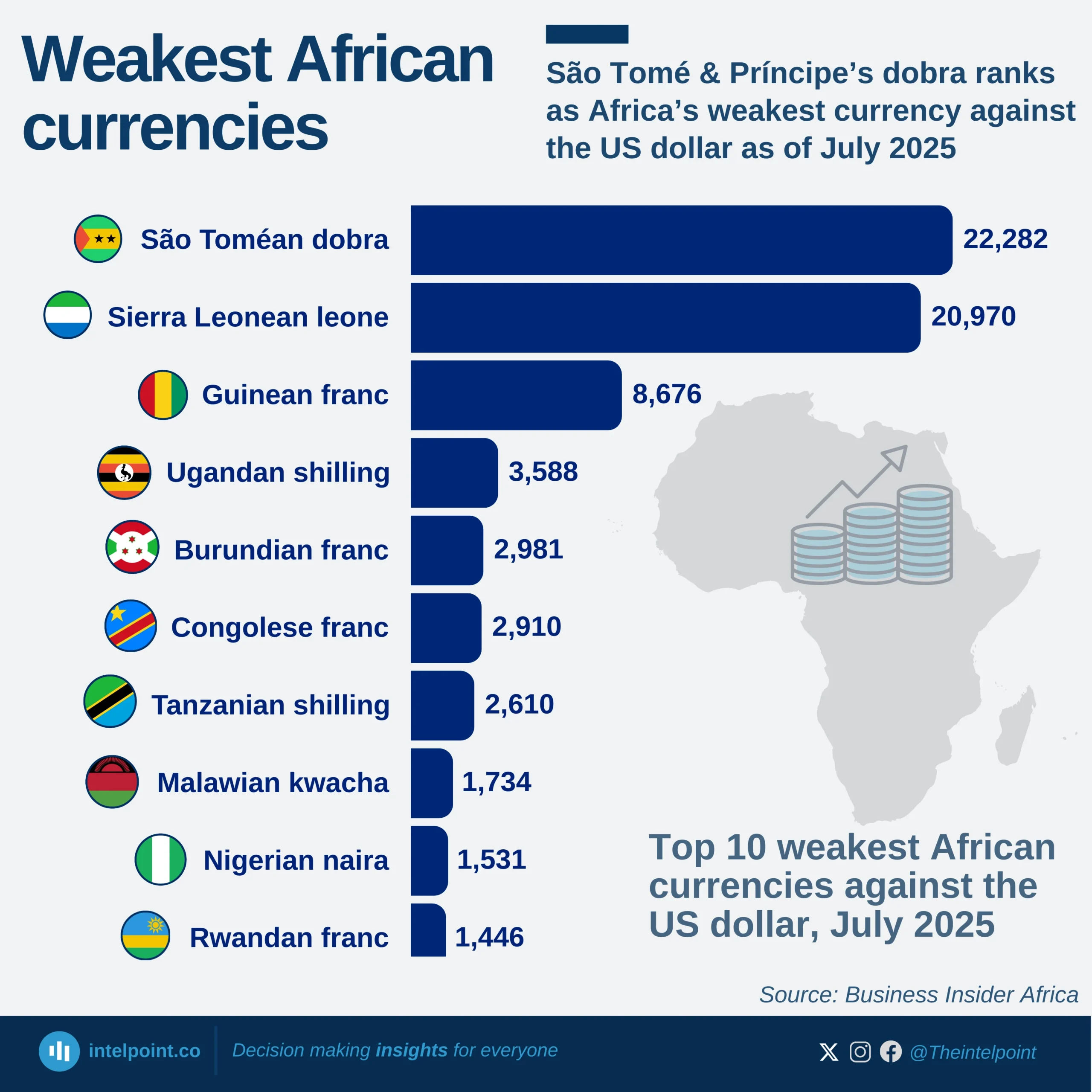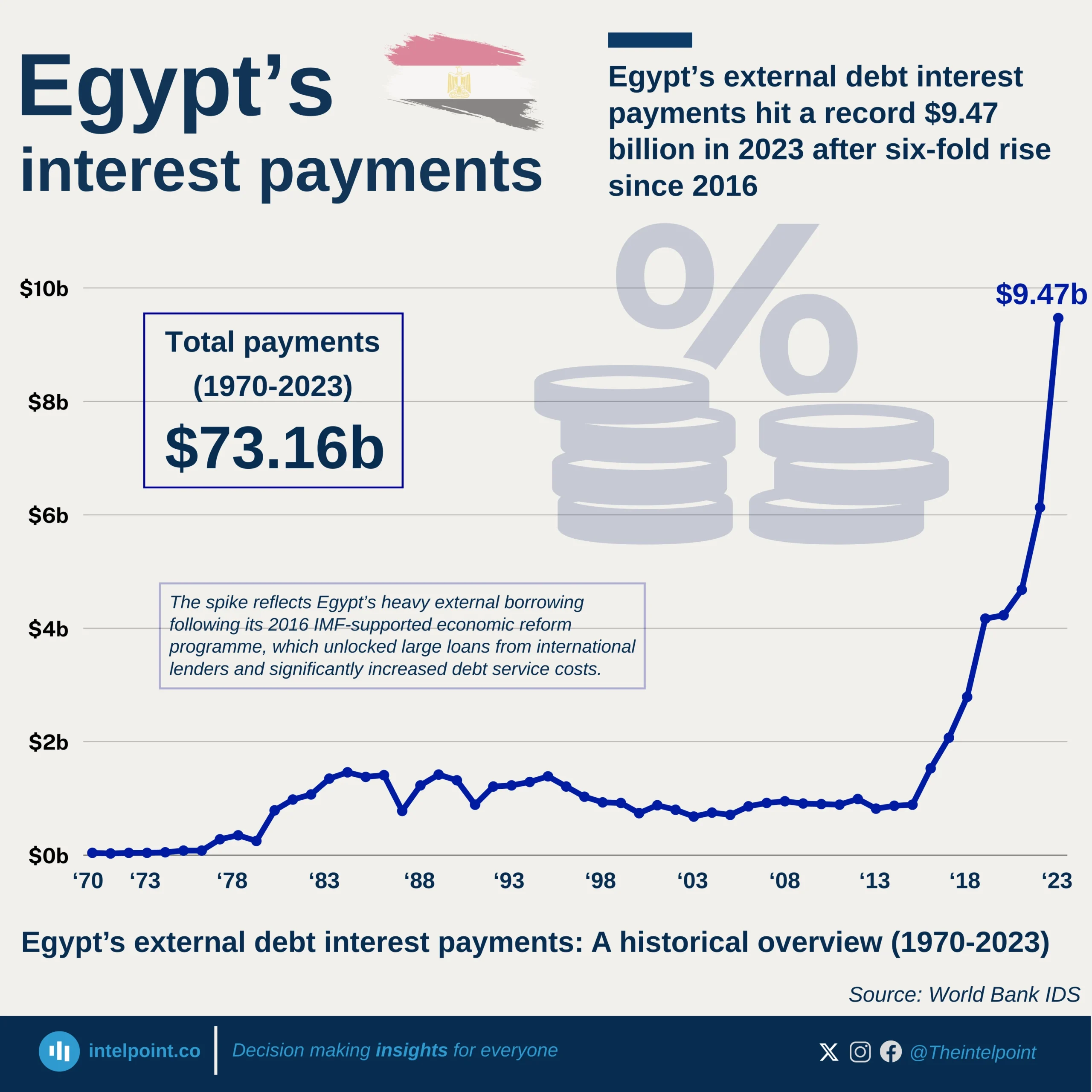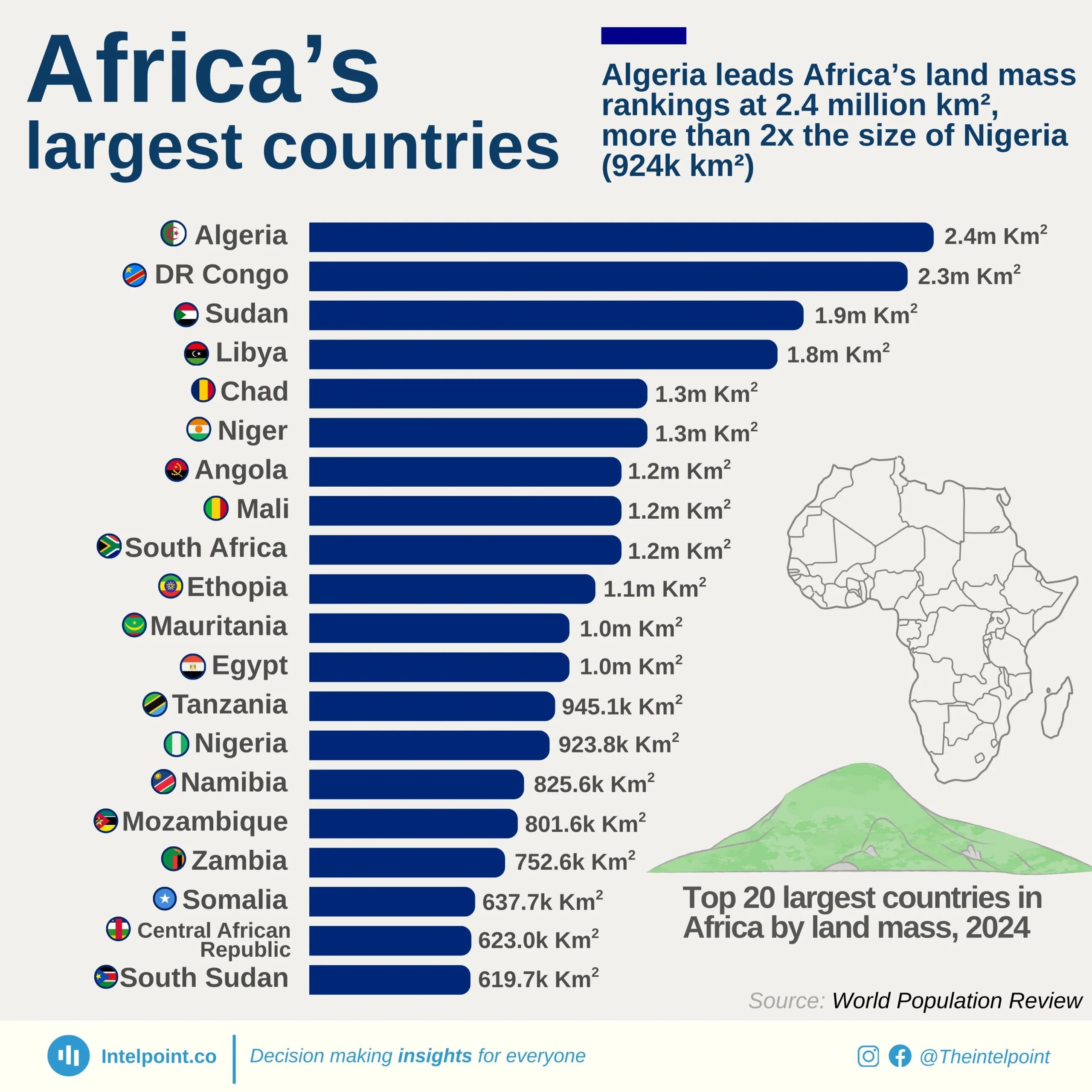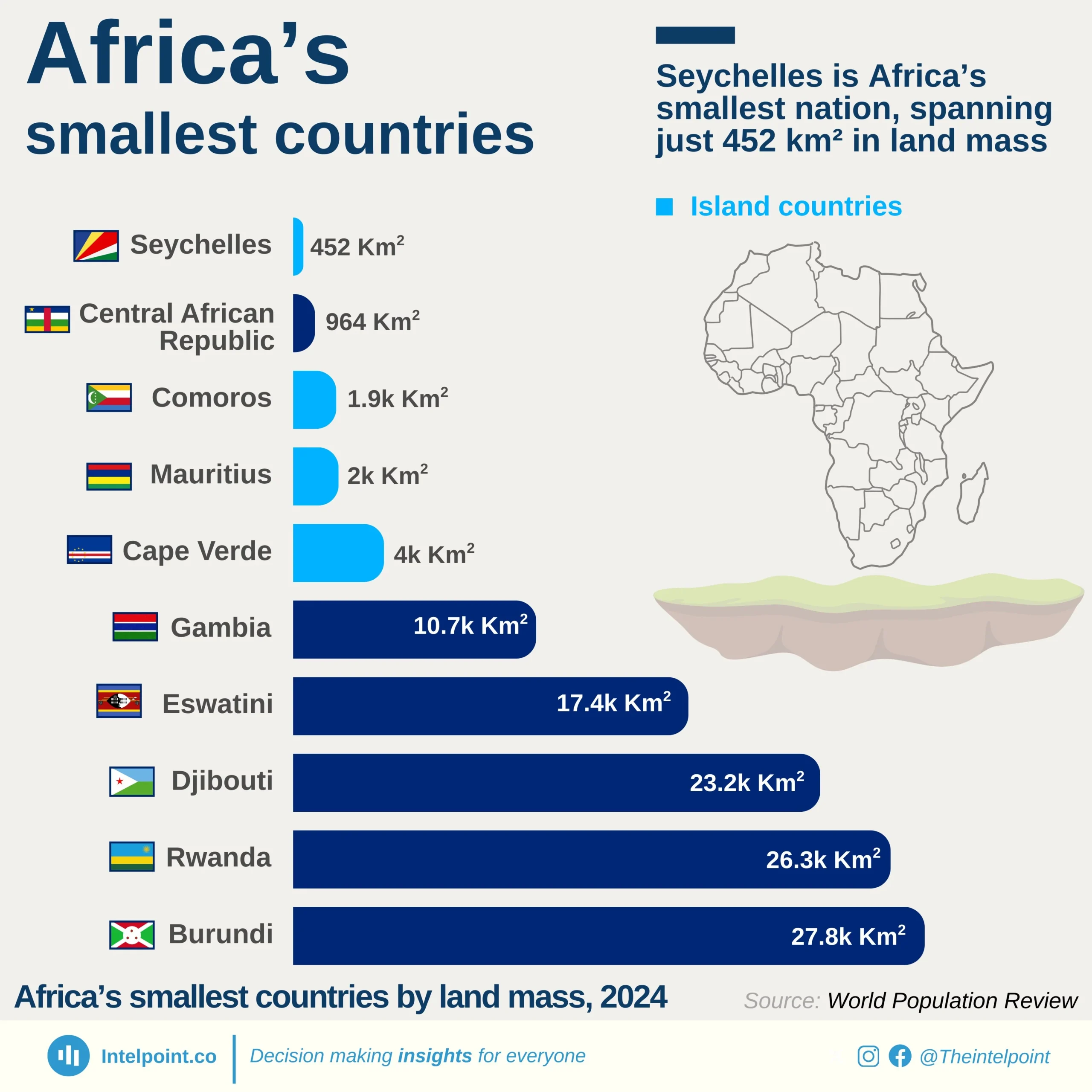In 2025, the world’s linguistic landscape remains remarkably vibrant, with Papua New Guinea and Nigeria leading the way in global language diversity. A living language is one that is still actively spoken, passed down from parents to children, used in homes, stories, and daily interactions. These are languages that continue to evolve because people use them to live, think, and connect. Papua New Guinea, with 843 living languages, stands as the world’s linguistic epicentre, while Nigeria, home to 530, anchors Africa’s immense cultural and ethnic diversity. Alongside nations like Indonesia, India, and Mexico, these countries remind us that even in an increasingly globalised world, the voices of local languages continue to thrive, preserving the sound, identity, and heritage of countless communities.
